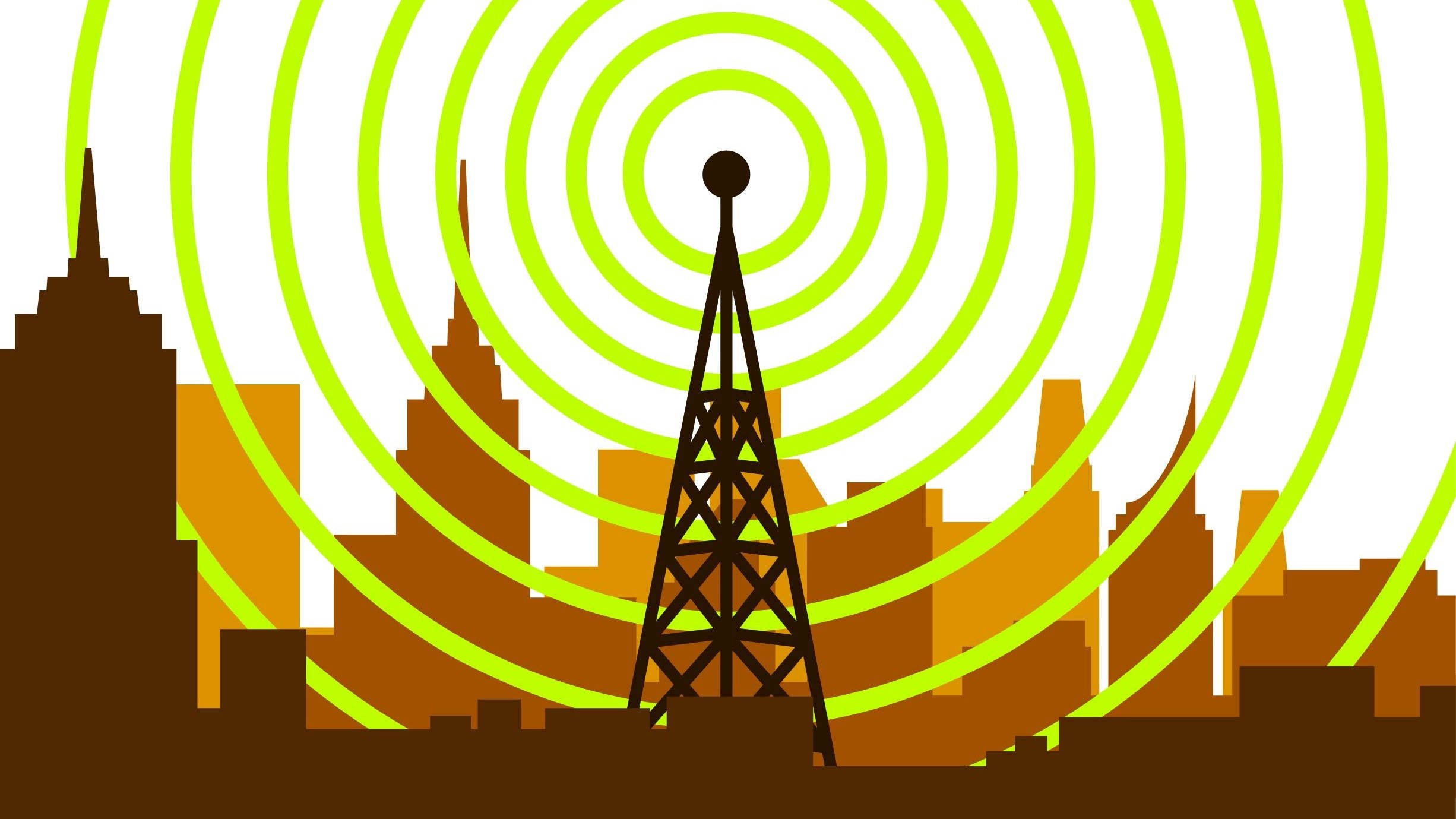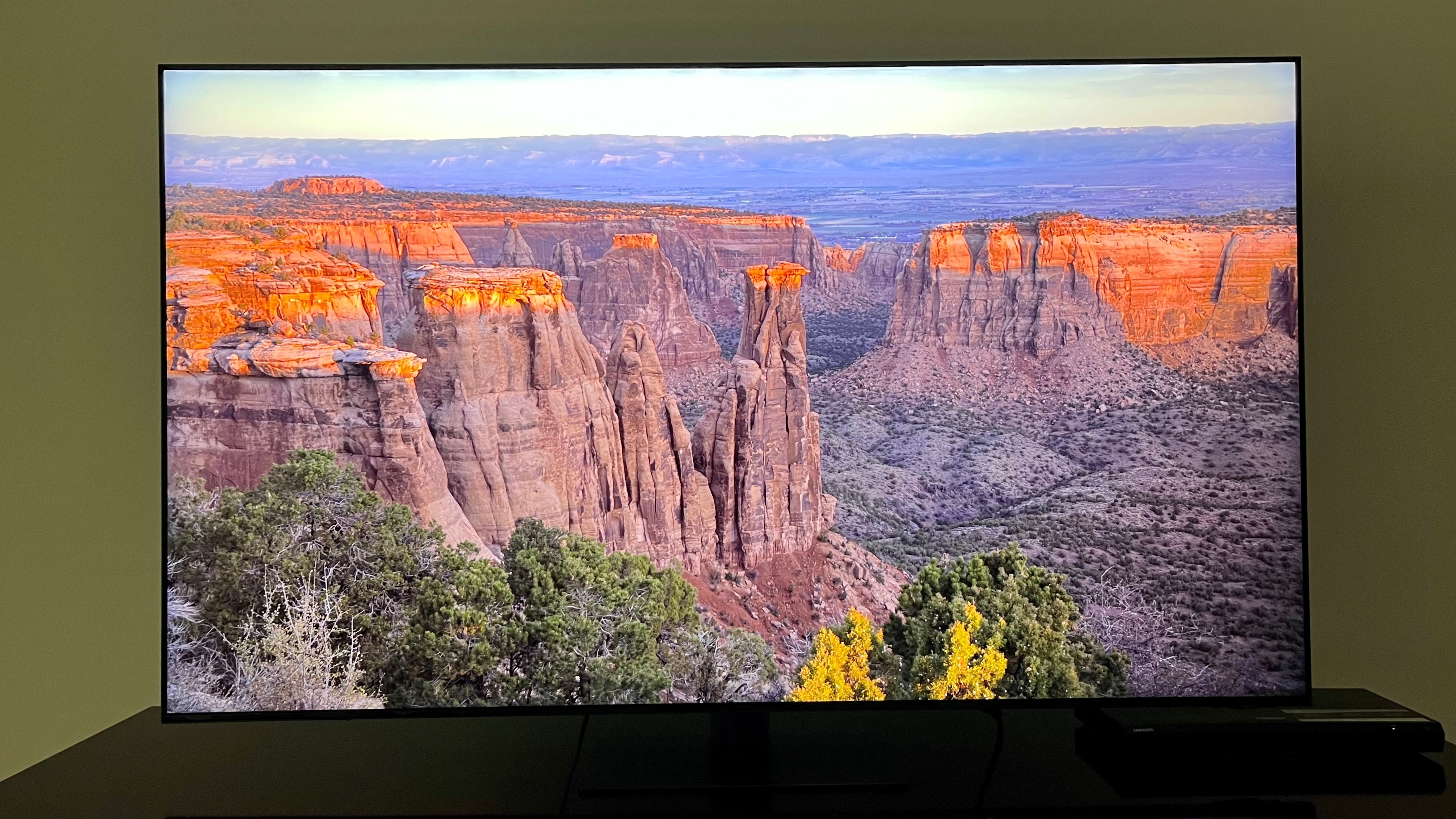
The new ATSC 3.0 (aka NextGen TV) digital TV standard holds the promise to dramatically improve the broadcast TV viewing experience in the US, with features such as 4K video with high dynamic range (HDR), Dolby Atmos audio, interactive apps and program guides – all of it delivered for free over regular broadcast channels.
But even though those capabilities are baked into the ATSC 3.0 standard, 4K broadcasts have so far have been limited to experiments and technology demos, with not a single ultra high-definition program reaching a household equipped with an antenna and ATSC 3.0-compatible TV.
ATSC 3.0 broadcasting started in the US in 2018, and it has since expanded to 69 markets with 60% of US viewers now having the opportunity to tune in programs on the best 4K TVs using an inexpensive TV antenna. But while that might seem to be an impressive growth curve for a relatively new format, broadcast industry insiders actually consider the ATSC 3.0 transition to be stalled.
The situation is serious enough that the National Association of Broadcasters (NAB) in January petitioned the FCC to establish a task force dedicated to accelerating the ATSC 3.0 transition. Following that, the organization issued a press release at last month’s NAB tradeshow in Las Vegas which announced that the show would “spotlight” ATSC 3.0, with numerous conferences and technical sessions devoted to the new TV broadcasting standard.
NAB also served as a launchpad for the Future of TV Initiative, which was announced by FCC commissioner Jessica Rosenworcel at the show. This NAB-led initiative – likely created in response to the organization's January appeal to the FCC – creates three working groups dedicated to hardware, technical, and regulatory issues, respectively, and “will involve a diverse array of stakeholders,” according to the NAB’s announcement.
Why the Future of TV is on pause
If you were to ask TV broadcasters why the ATSC 3.0 transition is stalled, and why the standard’s full potential currently isn’t being exploited, they would likely tell you they are hamstrung by the FCC’s requirement that stations simulcast programming in the existing ATSC 1.0 digital standard for five years after upgrading to ATSC 3.0.
The reasoning behind this requirement is that TVs equipped with ATSC 1.0 tuners can’t receive ATSC 3.0 broadcasts – if ATSC 3.0 were the only option, most viewers wouldn’t be able to tune in broadcast TV at all. But having to use available channel spectrum to broadcast in both the old and new digital TV formats places limitations on a station’s allotted bandwidth, which means that ATSC 3.0’s fancy new features – primarily 4K resolution, a bandwidth hog compared to regular HD – aren’t being used.
That mandated five-year grace period was supposed to allow for TV makers to add ATSC 3.0 tuning capability to new sets being sold. Some companies such as Sony and, more recently, Hisense have been vigilant about implementing the feature in new TVs. But overall, set makers have been slow to add ATSC 3.0 tuners to new models, with brands such as LG and Samsung reserving the feature for their higher-end TVs only, and both TCL and Vizio neglecting to provide next-gen TV tuners in any of their offerings.
Part of the dilemma could be solved using external ATSC 3.0 tuners that connect to a TV’s HDMI input. And while those have recently become available in limited quantities, at around $250 they are priced higher than most viewers would find acceptable. Cheaper ATSC 3.0 tuners in the $75 range that connect to a TV’s USB port have also been announced, but have yet to materialize.

TV on the FAST track
While ATSC 3.0 bumbles through its current chicken-and-egg situation, viewers have become used to watching programming with 4K, HDR, and Dolby Atmos through the best streaming services. And while services offering those premium features can be pricey, popular streaming platforms also provide FAST (free ad-supported streaming TV) options that carry sitcoms, reality shows, news, movies and many other examples of the kind of programming viewers expect to see when tuning in broadcast TV channels.
Two FAST examples are The Roku Channel and Amazon Freevee, neither of which require a subscription to view the thousands of shows and movies and hundreds of live TV channels they contain, all of them presented in a familiar cable TV-like program grid. There are also apps like Pluto and Tubi that can be used on multiple platforms including many of the best smart TVs.
As FAST grows in popularity and viewers become accustomed to using it for their free TV fix, broadcast TV could become increasingly irrelevant. It’s no wonder the NAB is writing urgent letters to the FCC. If the Future of TV is going to include free over-the-air broadcasting, the ATSC 3.0 transition needs to get on the fast track. And if that doesn’t happen, streaming platforms are going to eat the broadcasters’ lunch, and it will no longer matter if any new TV you buy comes outfitted with a next-gen digital tuner, as long as it's got Wi-Fi.







